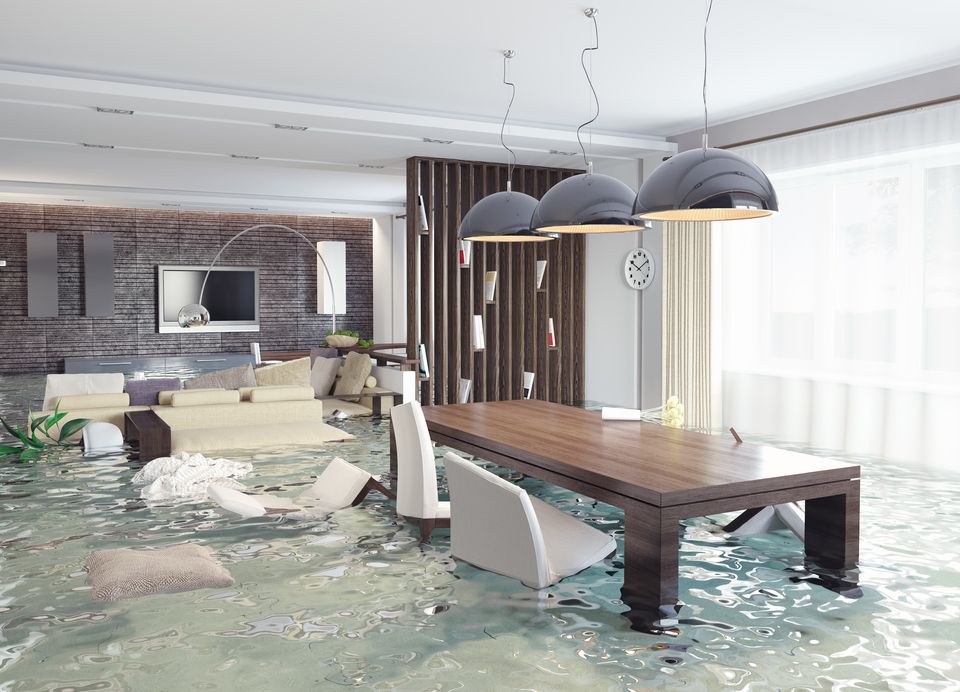When severe weather strikes, it can lead to flooded homes, which in turn can trigger the growth and spread of mould. If you’re unfortunate enough to have your home flooded, you’ll need to act quickly to salvage what possessions you can and to protect your home from mould.

What is mould, and why is it harmful?
Mould is a type of microscopic fungus that can grow both indoors and out. Mould thrives in warm, damp, and humid conditions, where its spores can spread and reproduce. A flooded basement is a perfect example of an environment that would promote mould growth.
For people with breathing problems, such as allergies and asthma, mould can be particularly problematic. However, you don’t need a predisposition to respiratory ailment for mould to make you sick. Mould exposure is typified by coughing, sneezing, wheezing, shortness of breath, sore throats, flu-like aches and pains, and fatigue.
On top of health concerns, mould can damage building materials, furnishings, and other materials that it grows on. Over time, mould growth combined with moisture can compromise a building’s structural integrity.
Get cleaning right away
Mold can start growing within 24 hours of a flood, so you’ll need to get your clean-up efforts underway as soon as possible. The faster you act, the more you may be able to save.
The first step should be pumping out or soaking up any standing water, but you’ll need to approach this step with caution. If water levels have reached or surpassed fuse boxes or any other electrical circuits, you may be at risk of electrocution. Have emergency crews inspect the area and give the all clear before entering the flooded area.
You might also consider calling in a professional restoration company, which can utilize heavy-duty pumps, fans, and dehumidifiers to quickly dry out the flooded area. In lieu of professional cleaners, you can use a shop or wet vacuum to suck up standing water and set up fans to get the air flowing into and out of enclosed spaces. If you can get your hands on a dehumidifier, it can be used to help dry out affected areas by keeping moisture levels low.
Things to toss
It may not be easy to say goodbye to a favourite chair or some beloved reading material, but items that look or smell moldy (musty), or ones that have been submerged in floodwater should be discarded. These items can include carpeting, rugs, upholstered furniture, papers, books, and appliances with fans such as computers, microwaves, and air conditioner window units.
Depending on the flooding conditions, you may be able to salvage items such as artwork, photographs, clothing, and hard, non-porous items like jewelry, china, glass, porcelain, and metal.
It’s not always easy to take fast action during an emergency because it’s hard enough to face the fact that your home has been damaged. It’s during such times of emergency that a professional clean-up crew can help expedite the process of cleaning the areas impacted by floodwaters. Remember that the sooner you get the clean-up underway, the more items you’ll be able to save, and the less time mould will have to grow and spread.

